Telemark Lessons Fast Track to learn Telmark skiing for alpine skiers and snowboarders HD
here is a new trailer for our web tutorial series:
This tutorial is for intermediate alpine skiers or advanced snowboarders that are transitioning to Telemark.
Our experience have showed that the knowledge developed skiing or snowboarding is going to make a positive difference in learning Telemark.
This comprehensive course will enable you to progress faster and better. We will go from beginner to intermediate skills and even how to get started in moguls.
This is a step by step tutorial, with drills for every skills shown along the way .
This is also THE tutorial for telemark skiers that are stock in their progression with an Alpine like position. It will unlock the skills to go in harder terrain such as steeps, powder or moguls. Note that this is NOT a tutorial on moguls, steeps nor powder. We develop here the skills that will enable with to approach this types of terrain.
Never before a tutorial as been set up like that. We skip the classic approach and give you the best for your buck package.
This tutorial will be available November 8th 2013. Preorder your copy now in our Telemark Lessons section
This tutorial is part of our tutorial video series. If you would like to learn specific thing about telemark technique, leave us a comment below.
Big news, follow us, subscribe to our mailing list, a special Webinar event will take place for our November 8th launch. Sign up below

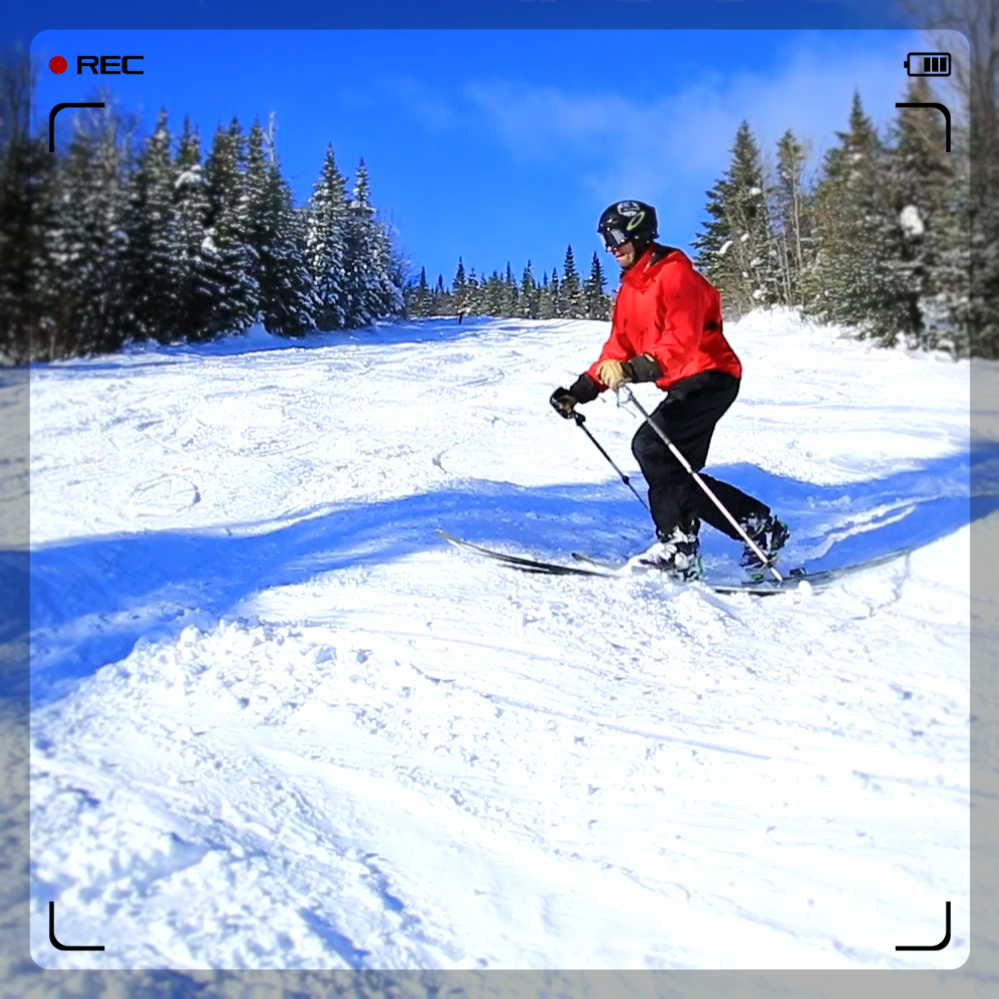

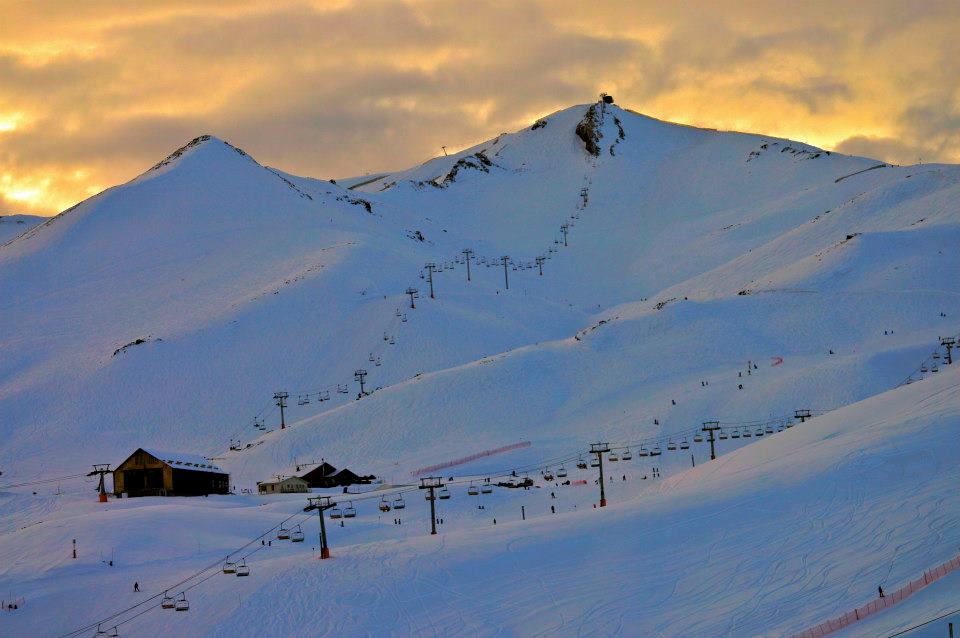
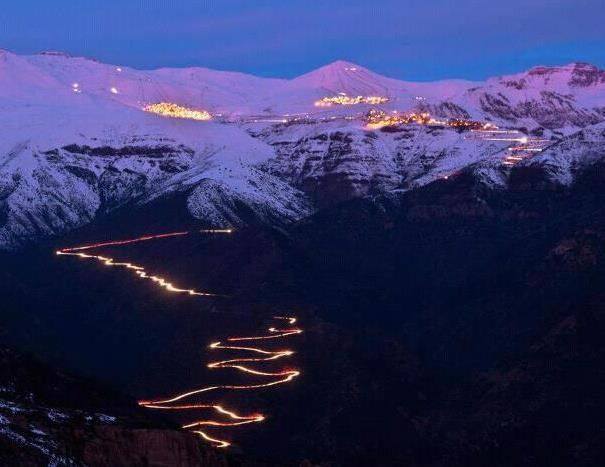

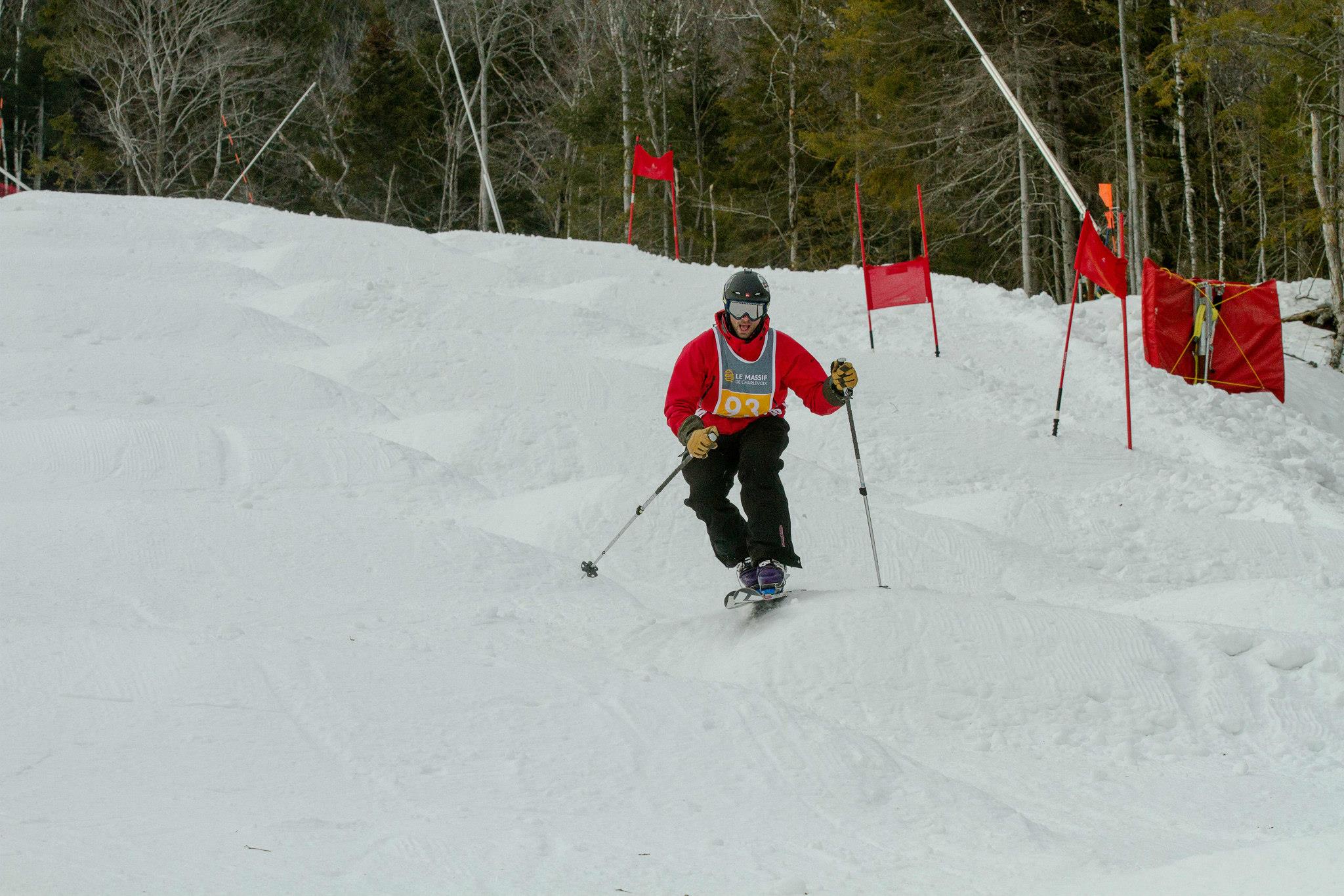
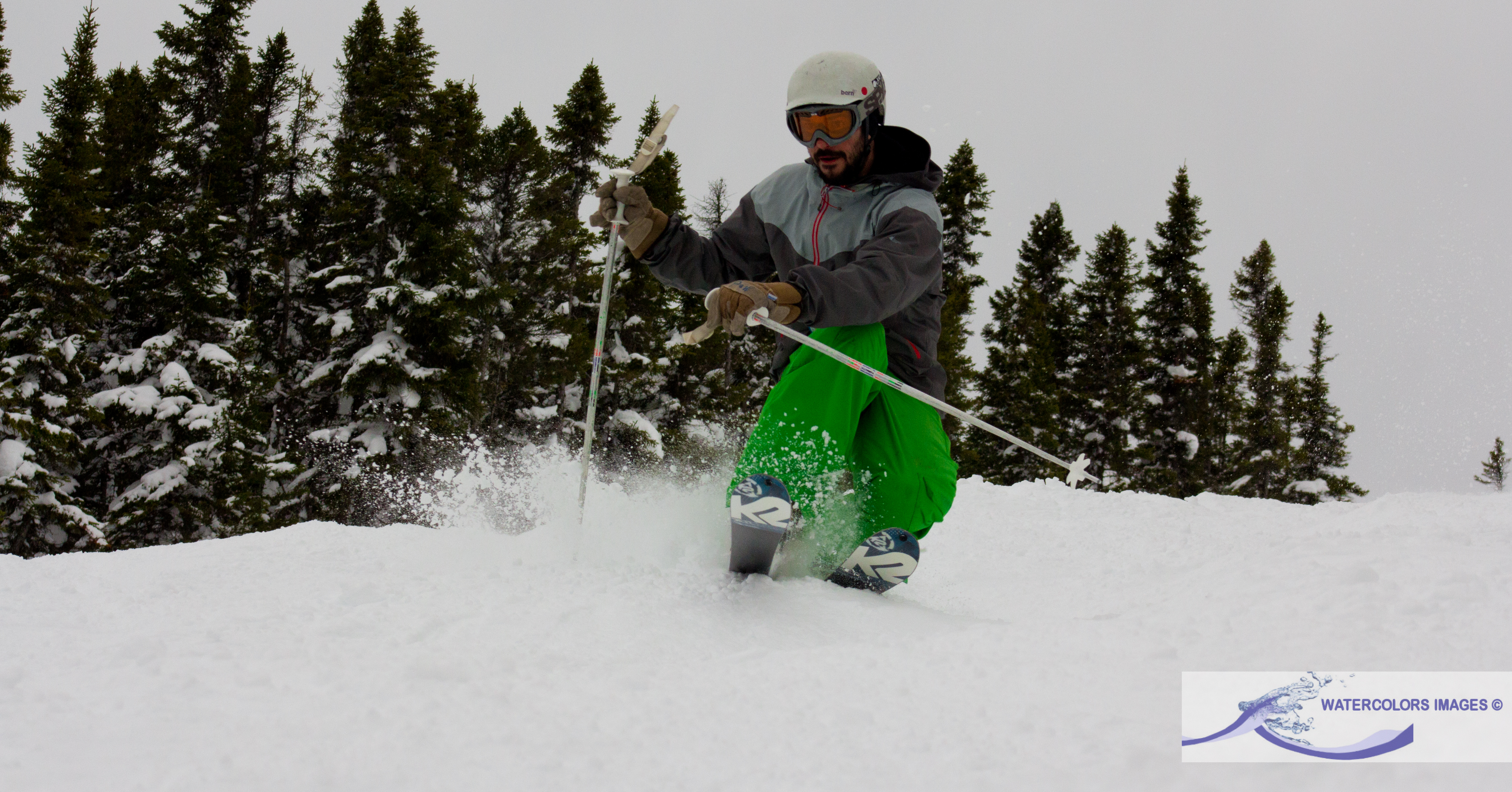

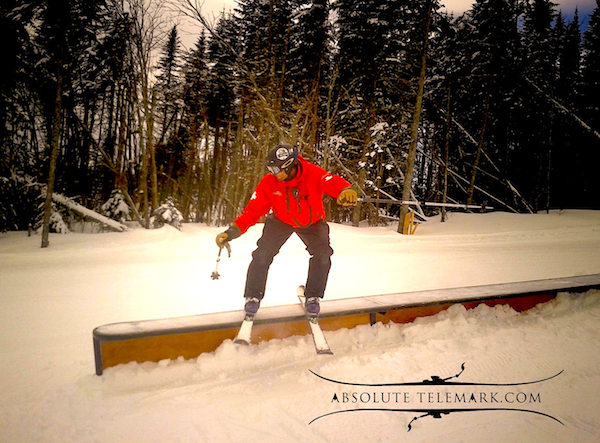

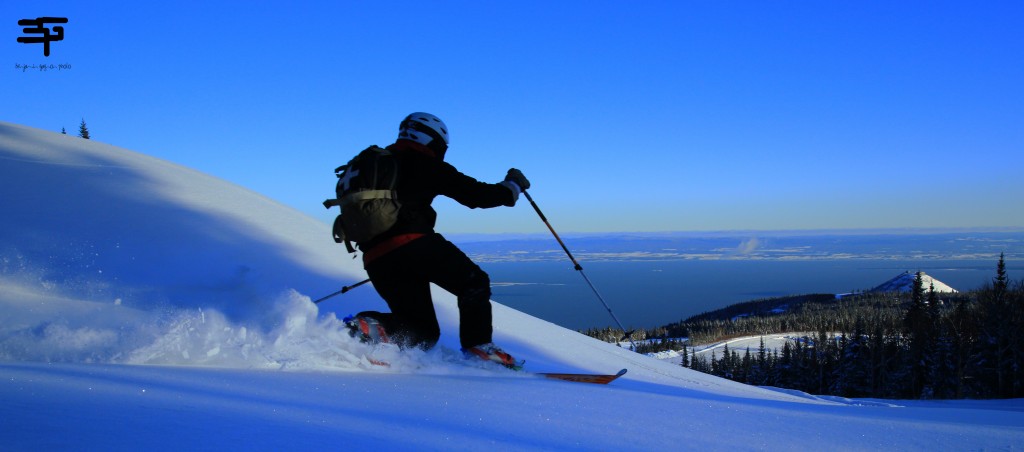
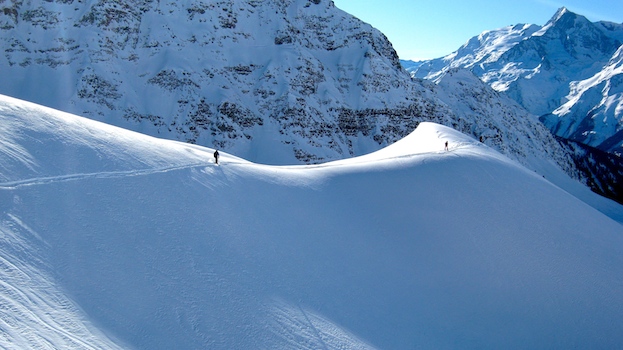
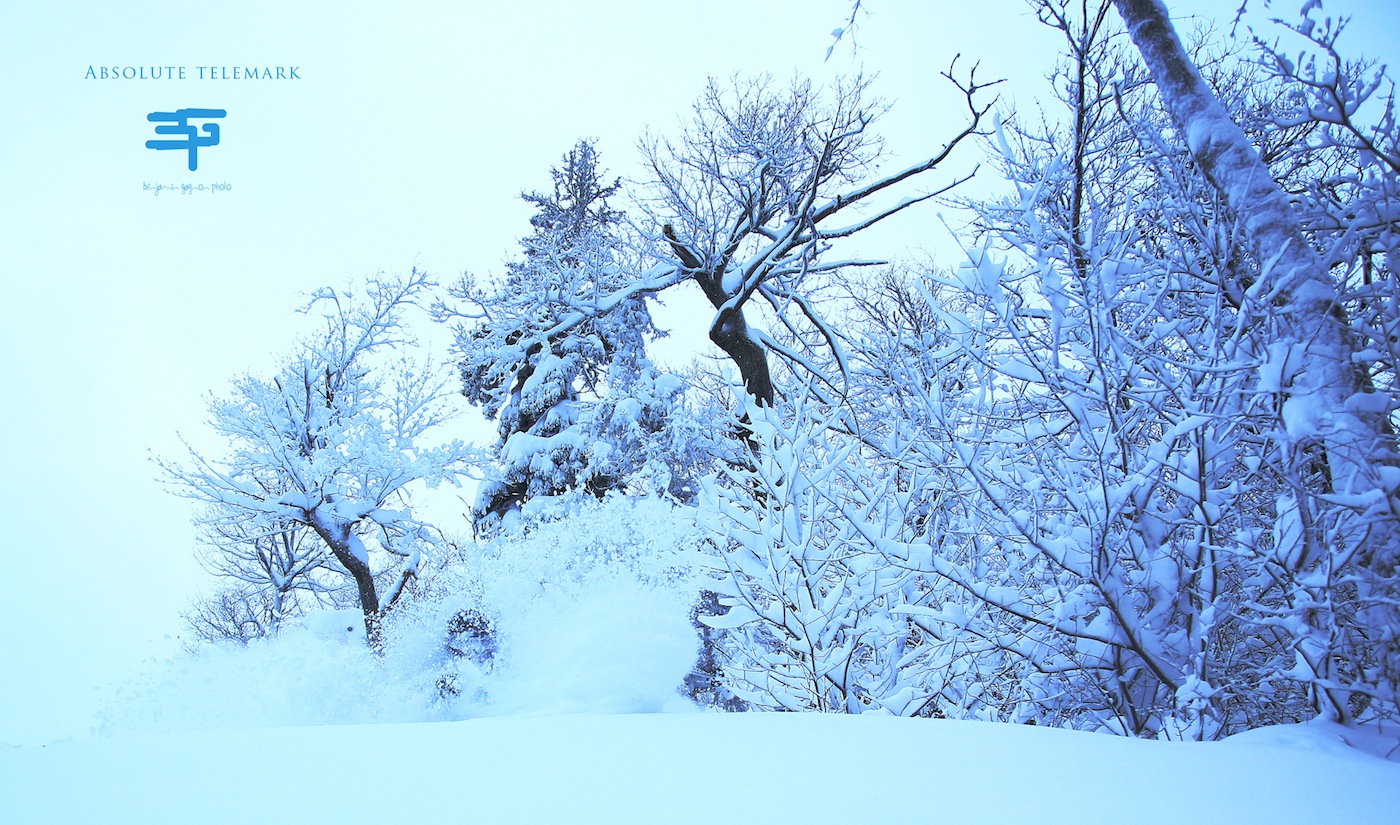

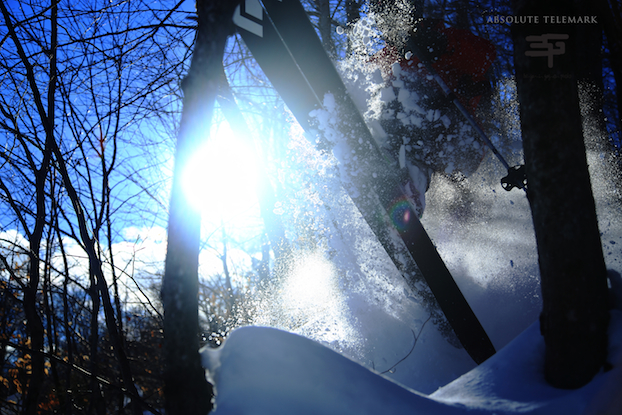
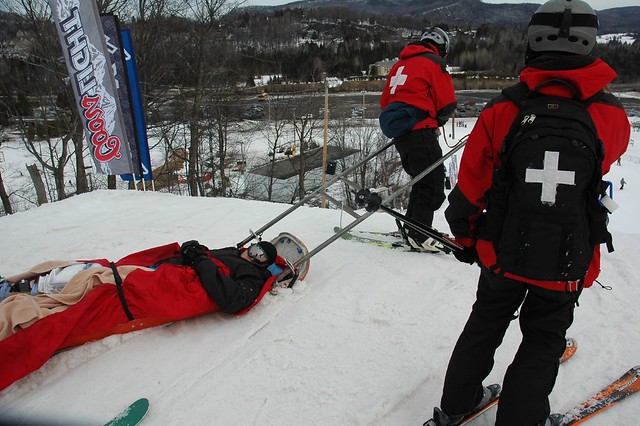
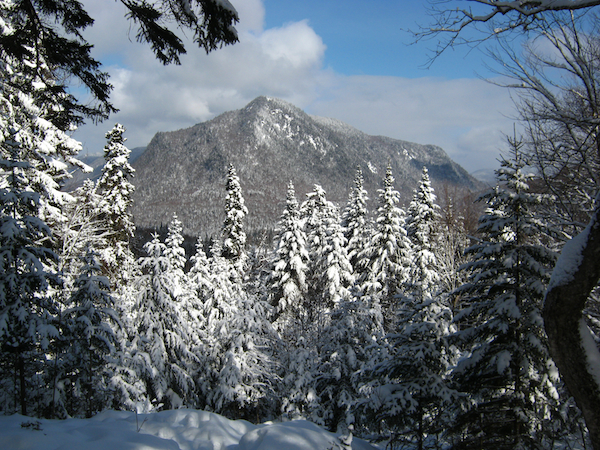


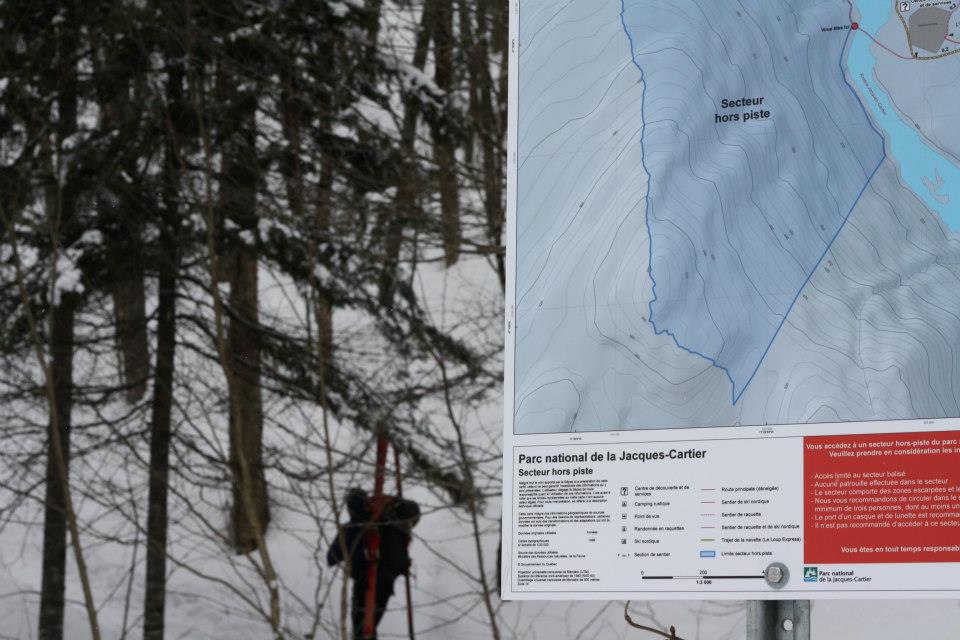
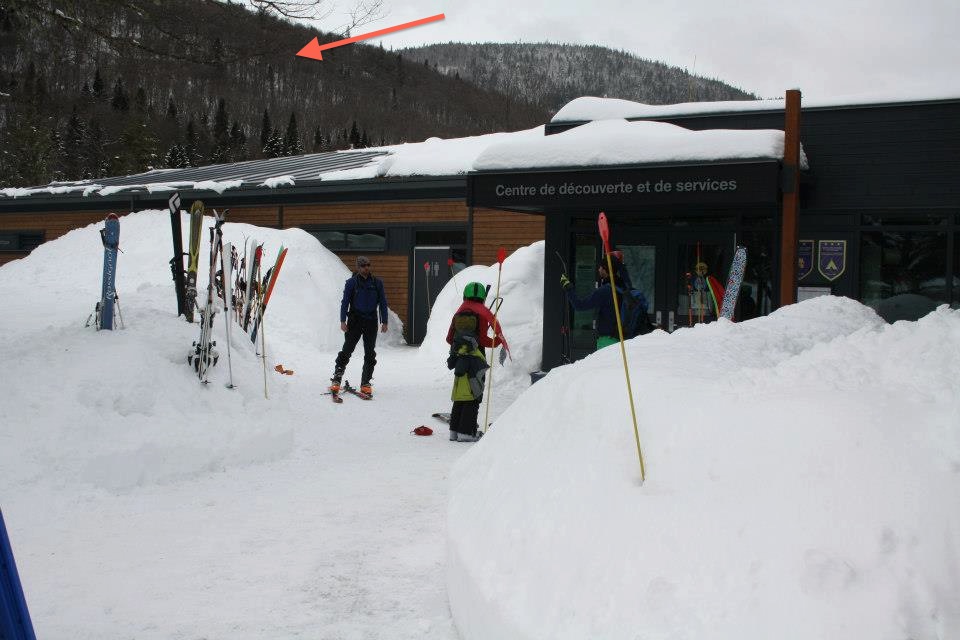




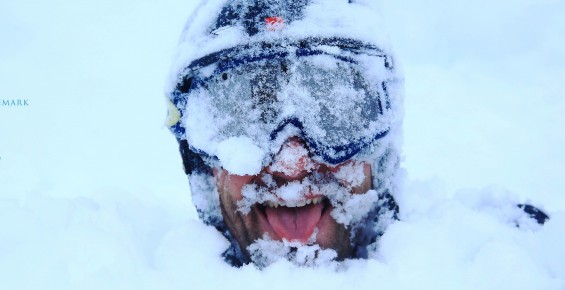
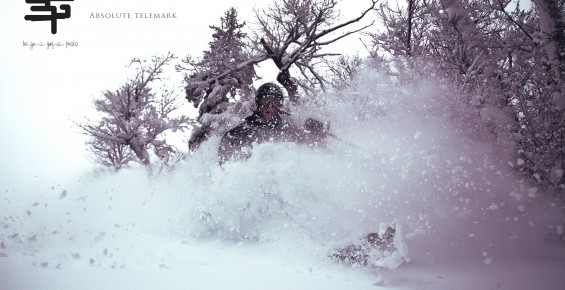

What others think about it